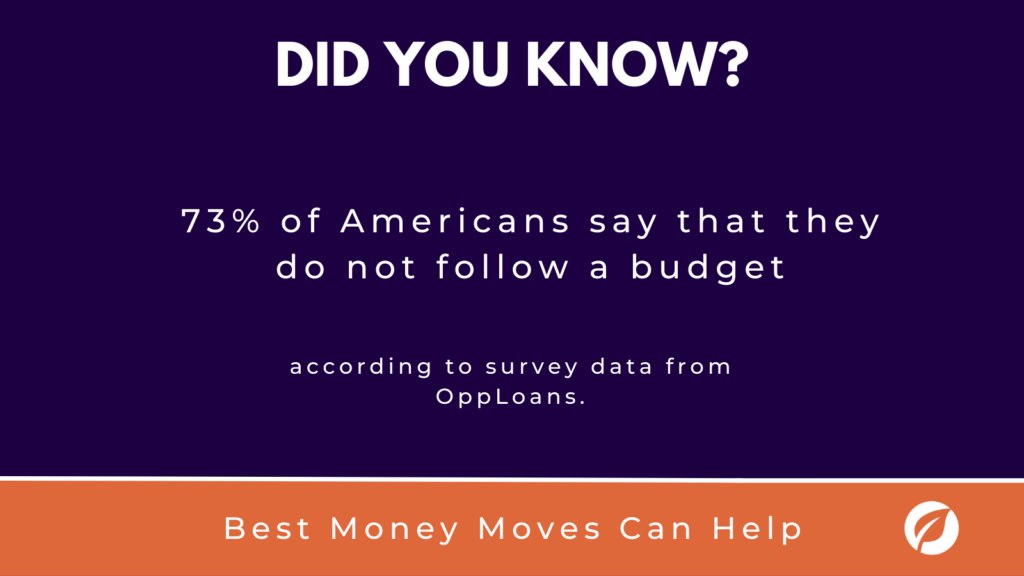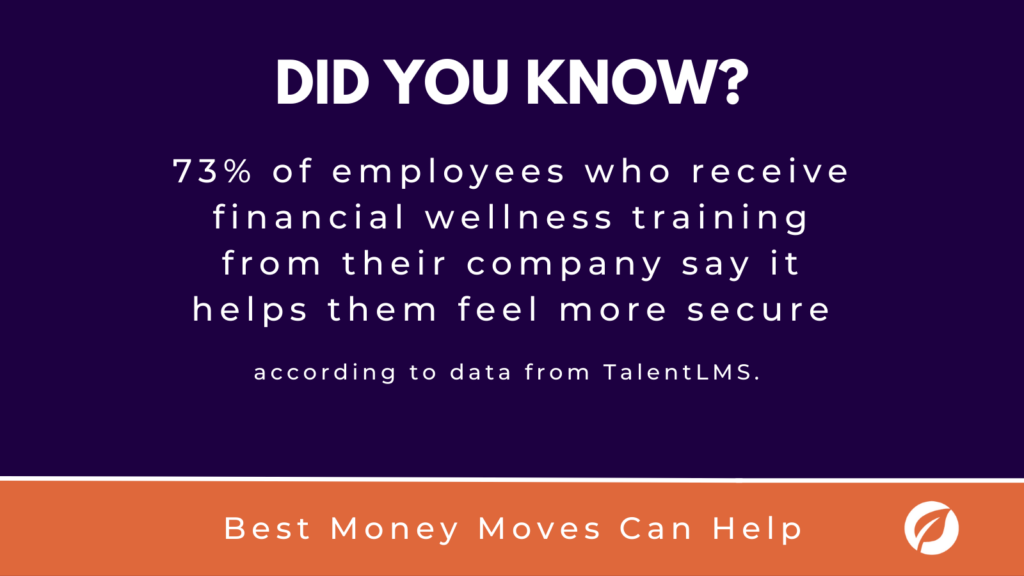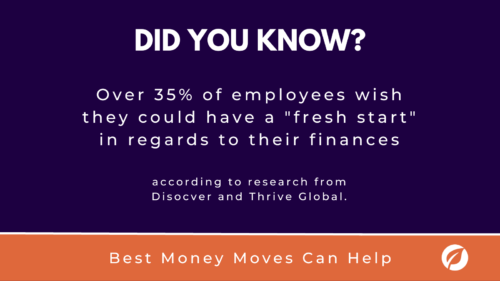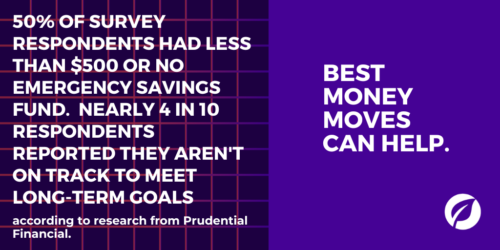
What Causes Financial Stress?
According to a study by the FINRA Investor Education Foundation, 60% of American adults feel anxious while thinking about their personal finances, and 50% feel stressed when talking to another person about their finances. There are many reasons that an individual could be suffering from financial stress.
Here are 3 root causes and then a way employers can lend a hand in calming those concerns.

1. Lack of access to emergency cash
The COVID-19/Coronavirus pandemic forced many families to tap into cash reserves, making it more difficult to prepare for the future. According to a study by ALM Benefits Pro, a dwindling emergency fund was the 3rd most common cause of financial stress across all participants and the most common cause amongst respondents over 65. Having an emergency fund is crucial to avoid pitfalls such as accumulating credit card debt or taking out high-interest loans. It is important to assist employees in setting healthy savings goals from their paychecks in order to alleviate financial stress from this root cause.
2. Poor money management skills
The weight of this financial stress can lead to cyclical overspending and other poor personal finance habits. Many Americans in general don’t know that they are often spending hundreds of dollars a month in unnecessary excess. According to a survey by OppLoans, 73% of Americans said that they did not follow a budget. The best budgets can identify areas where non-essential spending is too high so employees can address those problems head-on.
3. Persistent debt
During the pandemic, a high percentage of Americans needed to go into debt in order to cover their basic expenses. This debt has persisted into the current day and is the most common cause of financial stress. According to Business News Daily, six in ten employees admit they are concerned about the amount of household debt they have and are also stressed by the lack of employer resources that address those problems. It is important for companies to provide financial wellness benefits that are comprehensive and accessible to employees.
What to do about financial stress in the workplace?
Financial stress affects not only the mental health of your employees but also their focus and productivity. Lost hours and poor performance can have a tangible effect on your organization’s bottom line. According to the Financial Post, employee financial stress cost U.S. employers $40 billion dollars in 2022. This loss is due to increased absenteeism, diminished productivity and an increase in workplace accidents.
It’s important for employers to take a stand and start addressing these problems. Adding a personal finance wellness solution. According to the 2021 PWC Employee Financial Wellness Survey, 88% of U.S. employees utilize the financial wellness programs that their companies offer. The new wave of incoming workers is increasingly placing the responsibility of personal finance squarely on the shoulders of the employer. According to that same study, 65% of Gen Z employees say that their employers are responsible for their financial wellness. Providing a comprehensive financial wellness program is a signal to employees that their best interests are the company’s best interests while also increasing productivity.
Best Money Moves is a mobile-first financial wellness solution designed to help employees dial down their financial stress and meet their most top-of-mind financial goals. With budgeting tools and personalized money coaching, users can easily receive compressive financial advice right from their phones.
Best Money Moves is designed to guide employees through the most difficult financial times and topics. Our dedicated resources, partner offerings, and 700+ article library make Best Money Moves a leading benefit in bettering employee financial wellness.
To learn more about Best Money Moves Financial Wellness Platform, let’s schedule a call. Contact us and we’ll reach out to you soon.








